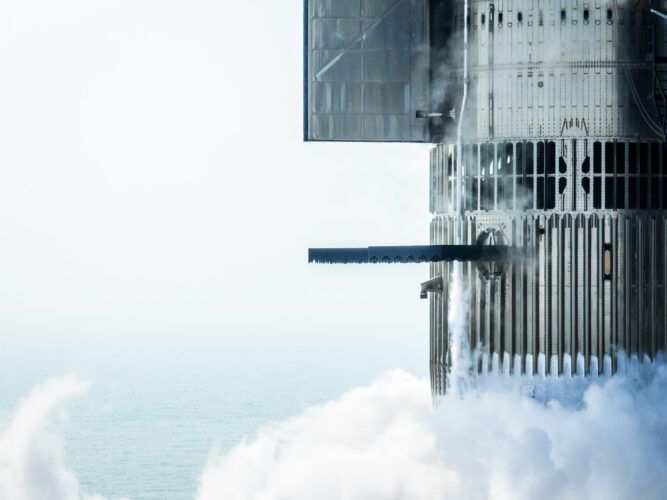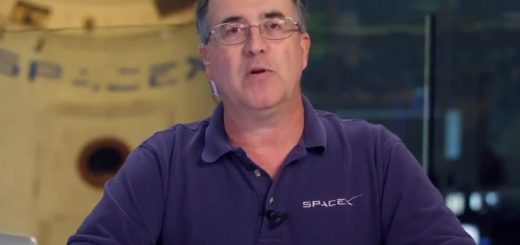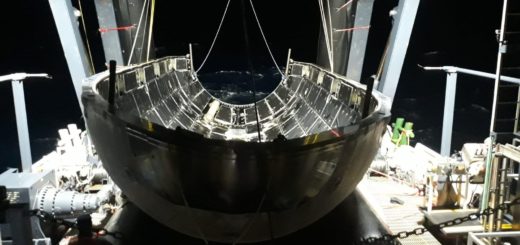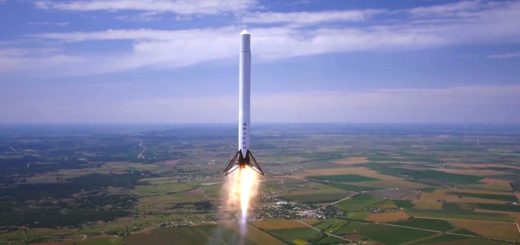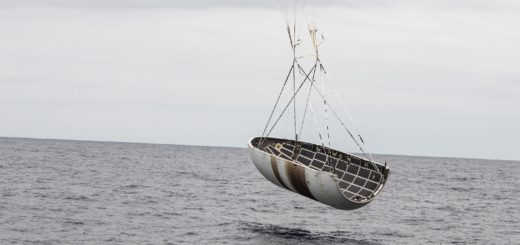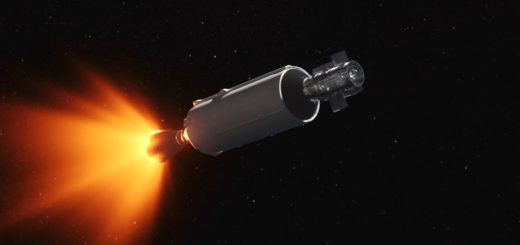SpaceX Ready for Starship’s Fourth Test Flight, Will Attempt to Land Both Ship and Booster
SpaceX is gearing up for the fourth test flight of its Starship rocket, a critical event in the company’s quest to develop a fully reusable spacecraft. Scheduled for as early as June 6th, pending regulatory approval, this mission aims to validate and refine key technologies crucial for Starship’s operational deployment and its long-term goals, including missions to the Moon and Mars.
The primary objective of this test flight is to demonstrate the controlled reentry and landing of both the Starship upper stage and its Super Heavy booster. Unlike the third test flight, this mission will focus solely on reentry and landing maneuvers, avoiding additional in-flight operations such as propellant transfer or payload bay door opening. The Super Heavy booster is planned to perform a soft splashdown in the Gulf of Mexico, while the Starship upper stage will attempt a controlled reentry into the Indian Ocean. These maneuvers are essential to proving the reusability of the vehicle’s core components and refining techniques for future missions.
The fourth test flight will utilize the latest prototypes: Ship 29 and Booster 11. These models feature several significant upgrades over their predecessors. One of the key improvements is the enhanced hardware inside the liquid oxygen tanks, designed to improve propellant filtration and prevent blockages that affected earlier flights. During the third test flight, the liquid oxygen filters in the Raptor engines became clogged, causing premature shutdowns of six out of thirteen engines during the boostback burn. This loss of thrust ultimately prevented the booster from achieving a soft landing.
During the third test flight, the Starship upper stage encountered issues with attitude control during the coast phase in space, primarily due to clogged valves in the reaction control thrusters. This instability led to excessive heating during reentry. SpaceX has addressed these problems by upgrading the thruster hardware and adding additional roll control thrusters to enhance stability and resilience to blockages. These upgrades aim to ensure that the vehicle maintains proper orientation and control throughout its flight and reentry.
A significant milestone achieved during the third test flight was the successful demonstration of propellant transfer, moving liquid oxygen from a header tank into the main tank. This capability is crucial for long-duration space missions and for refueling spacecraft in orbit, a necessity for missions under NASA’s Artemis program and future Mars expeditions. This test validated the system’s ability to manage propellant in microgravity, a critical step towards operational missions. SpaceX plans to demonstrate orbital refilling between two Starships in 2025.
For the fourth test flight, SpaceX has also introduced changes related to the interstage section between the booster and the ship. This section, used for hot-staging where the Starship’s engines ignite while the ship is still attached to the booster, will be jettisoned after the boostback burn. This process reduces the booster’s mass and improves its performance during landing. In addition to hardware modifications, SpaceX has implemented several software updates to improve the reliability and efficiency of the Raptor engine startup sequence during landing maneuvers.
Looking towards the future, SpaceX’s plans for the Starship program are both ambitious and transformative. Assuming a successful splashdown of the Super Heavy booster in the Gulf of Mexico during the fourth test flight, SpaceX aims to attempt a landing back at the launch pad in Texas as early as the fifth test flight. This would be a monumental achievement, moving the company closer to its goal of developing a fully reusable launch system. Successful landings will significantly reduce the cost of access to space.
Future test flights will also involve more complex and advanced objectives. These include deploying Starlink satellites, further testing of propellant transfer in orbit, and achieving reliable engine restarts in space. Reliable restarts are essential for precise landings on Earth and the Moon, as well as for executing deep-space missions. These capabilities are particularly crucial for Starship’s role in NASA’s Artemis missions, which aim to return humans to the Moon and establish a sustainable lunar presence.
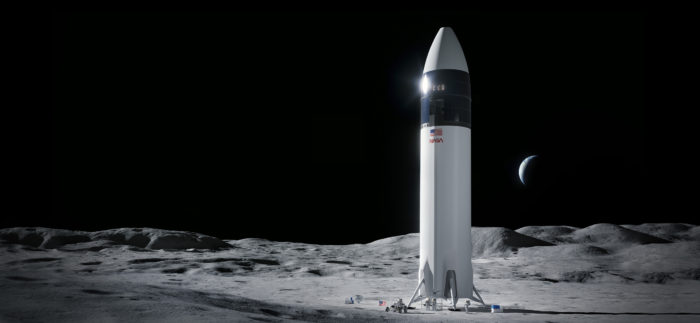
Rendering of the HLS spacecraft which SpaceX is developing for NASA’s Artemis program based on the Starship architecture (Credit: SpaceX)
SpaceX’s iterative development approach, characterized by rapid testing and continuous improvements, has been central to the advancement of the Starship program. Each test flight, despite its challenges and setbacks, provides invaluable insights that inform subsequent enhancements. The upcoming fourth test flight is expected to build on this foundation, demonstrating the feasibility of Starship’s reusability and bringing the vehicle closer to operational readiness.
The deployment of Starship represents a revolutionary shift in space travel. By enabling more ambitious missions, such as crewed expeditions to Mars and large-scale satellite deployments, Starship is set to transform our capabilities in space. SpaceX envisions a future where multiple Starship launch sites in Texas and Florida facilitate a high launch cadence, supporting faster turnaround times and increased flight frequency. This infrastructure will be essential to meeting the demand for frequent and reliable space access, underpinning the next generation of space exploration and commercial activities.
In summary, the fourth test flight of Starship represents a critical milestone in SpaceX’s journey towards developing a fully reusable spacecraft. By focusing on controlled reentry and landing, addressing technical issues from previous flights, and implementing comprehensive hardware and software upgrades, SpaceX continues to push the boundaries of space exploration. This iterative process of rapid testing and continuous improvement is central to SpaceX’s philosophy and has been instrumental in advancing the Starship program. As SpaceX looks ahead to more ambitious missions, including crewed Mars expeditions and extensive satellite deployments, the success of the fourth test flight will be a key indicator of the program’s progress and future potential.
DISCLAIMER: This article was written with the help of ChatGPT. The final text was heavily edited and fact-checked by a human.







